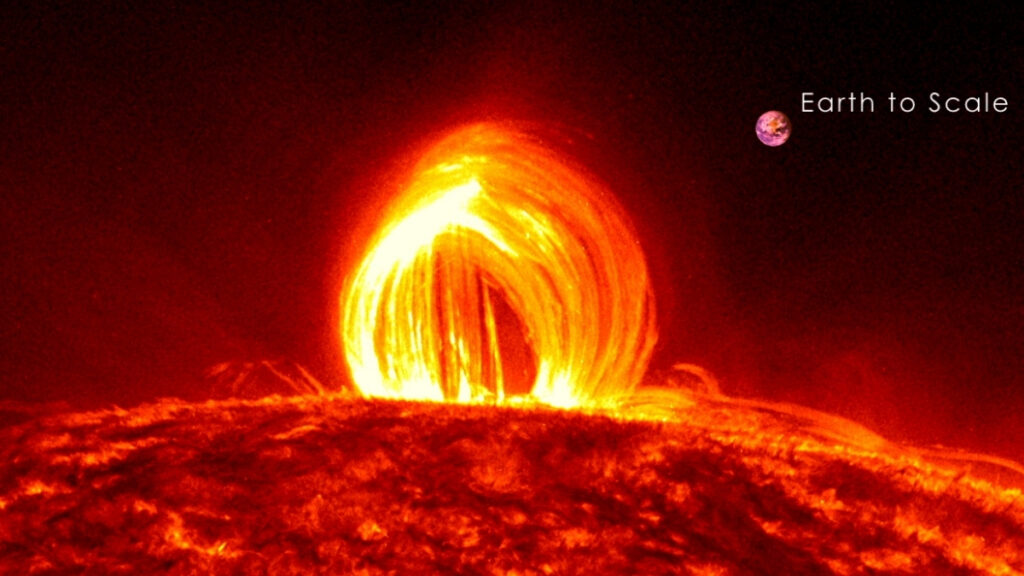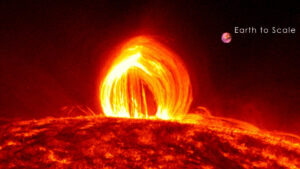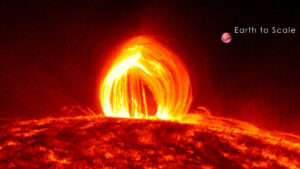
A team of researchers from the Institute for Astronomy (IfA) at the University of Hawai’i has made significant strides in understanding the phenomenon known as coronal rain on the Sun. This unique occurrence involves superheated plasma that falls from the Sun’s corona, the outermost layer of its atmosphere. The new findings reveal that rapidly shifting flows of elements such as iron, silicon, and magnesium play a vital role in the formation of this solar rain.
Coronal rain bears some resemblance to rain on Earth, as it consists of cool, dense blobs that descend from the Sun’s corona to its surface. However, unlike Earth’s rain, this solar precipitation is made of plasma—an electrically charged gas that reaches temperatures of millions of degrees. As this plasma descends, it traces the Sun’s magnetic fields, producing massive arcs that can extend up to five times the height of Earth.
Despite extensive research, the exact mechanisms behind coronal rain have remained elusive. It is often observed following violent solar flares, and previous models struggled to explain its formation. The latest research suggests that the uneven distribution of elements within the Sun’s corona significantly influences the behavior of this plasma rain.
Luke Benavitz, a graduate student at IfA and co-author of the study, noted, “At present, models assume that the distribution of various elements in the corona is constant throughout space and time, which clearly isn’t the case.” The team’s simulations allowed for variations in elemental distribution, leading to the discovery that coronal rains could begin condensing within just 35 minutes—a stark contrast to earlier models that required hours or even days.
Benavitz expressed excitement over the implications of their findings, stating, “It’s exciting to see that when we allow elements like iron to change with time, the models finally match what we actually observe on the Sun. It makes the physics come alive in a way that feels real.”
The researchers believe that other mechanisms are likely at play, but the variations in elemental abundances appear to influence radiative energy loss. This effect can cause rapid temperature drops at the peaks of coronal loops, increasing the material drawn up through these loops and triggering a cooling effect that results in coronal rain.
In their paper, the team concluded, “Shifting elemental abundances are critical to understanding the cooling of plasma in the Sun’s atmosphere and, as we have shown, can directly cause coronal rain.” Jeffrey Reep, another co-author and astronomer at IfA, highlighted the broader implications of their study, stating, “This discovery matters because it helps us understand how the Sun really works.”
The insights gained from this research not only shed light on the nature of solar rain but also suggest that our understanding of coronal heating may need to be reassessed. Reep remarked, “We might need to go back to the drawing board on coronal heating, so there’s a lot of new and exciting work to be done.”
The findings have been published in The Astrophysical Journal, marking a significant contribution to our understanding of solar dynamics and the processes occurring on our nearest star.







